PsychNewsDaily Publishers
100 Summit Drive
Burlington, MA, 01803
Telephone: (320) 349-2484
PsychNewsDaily Publishers
100 Summit Drive
Burlington, MA, 01803
Telephone: (320) 349-2484
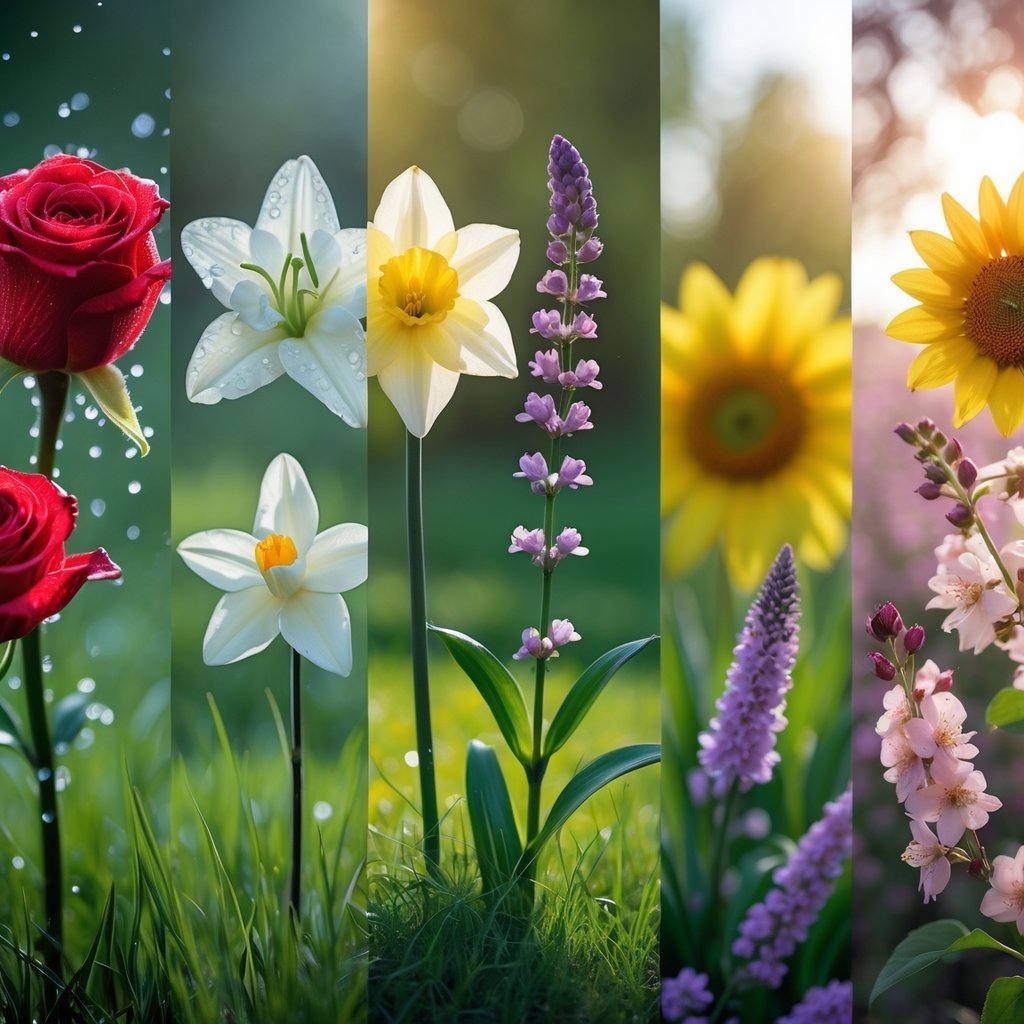
Flowers have sparked the imagination of artists for centuries, showing up again and again in poems and songs. They carry so much meaning—love, beauty, that bittersweet feeling of how short life is. When you dive into these works, you start to notice how flowers connect us to emotions and ideas we sometimes can’t quite put into words.
Here are six flowers that have inspired some of the most famous poems and songs. You’ll see how these blooms speak to both the heart and the mind, turning simple beauty into something that lasts in art and music.
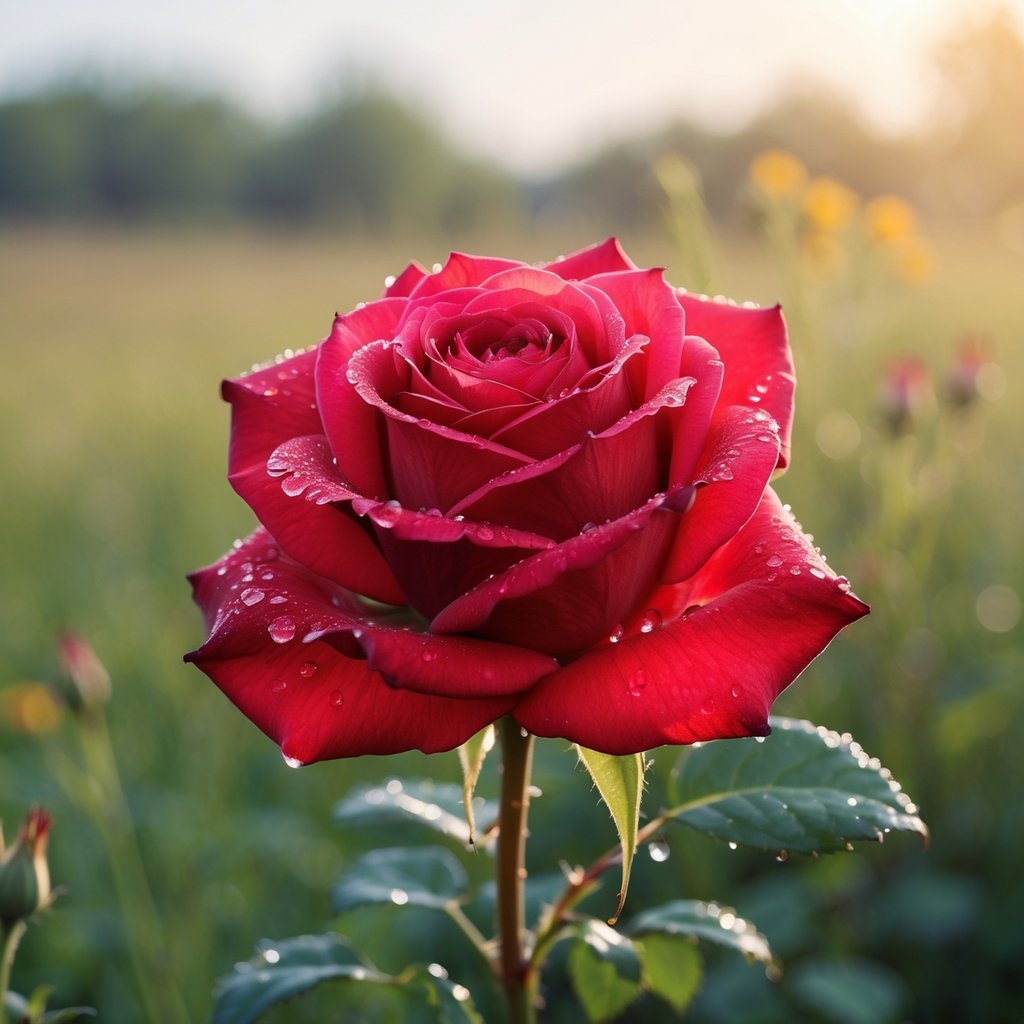
You probably know Robert Frost for his nature poems. In “The Rose Family,” he talks about roses in this straightforward, almost offhand way.
Frost points out that a rose is, well, just a rose. But then he throws in that apples and pears actually belong to the rose family too.
He helps you spot beauty in the plants you see every day. Suddenly, a rose feels connected to things you might never have guessed.
Frost’s words invite you to look at nature—and maybe even family—a little differently. The rose stands out, but it’s also part of a bigger group, kind of like people.
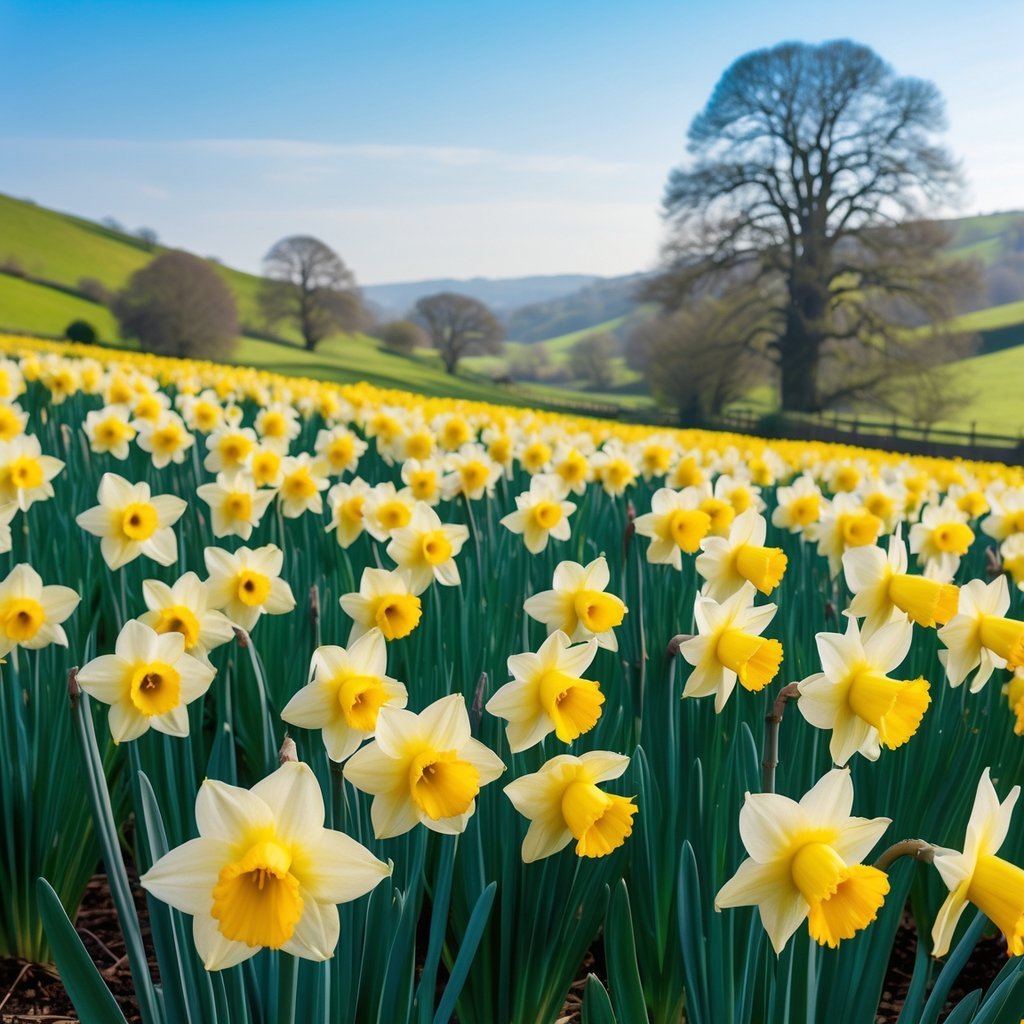
You might know this poem as “Daffodils.” William Wordsworth wrote it after wandering with his sister, Dorothy, and stumbling across a dazzling crowd of daffodils by a lake. The flowers danced in the wind, leaving a real mark on him.
When you read the poem, you can almost feel how those bright daffodils lifted his spirits. Even later, just remembering them, he found himself feeling lighter and calmer.
Nature, like a field of daffodils, has this way of bringing comfort and happiness. It’s kind of amazing how something so simple can turn a whole day around, right?
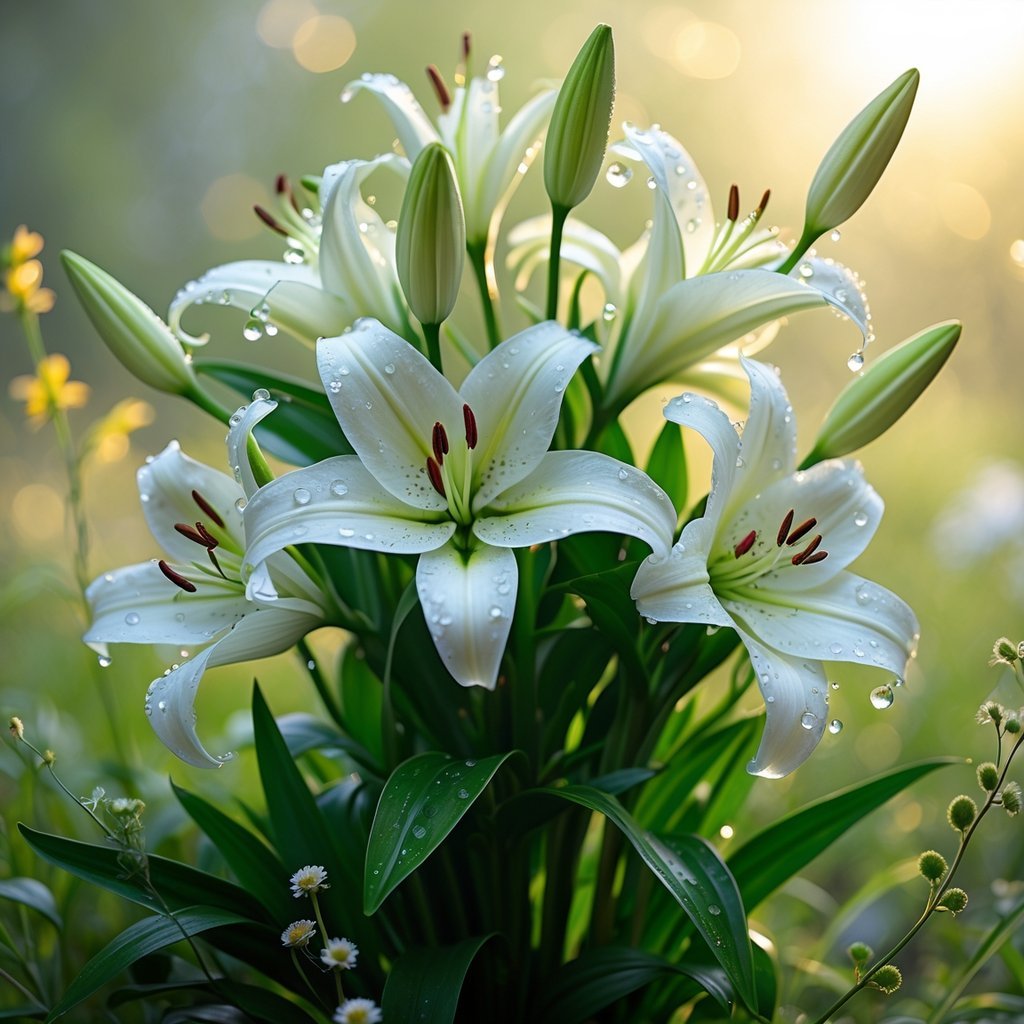
You’ll spot lilies in William Blake’s poetry, often as a sign of purity and gentle love. In “The Lily,” he uses the flower to show a kind of love that’s soft and unhurt. The rose might have thorns, but the lily’s beauty stays untouched.
Blake contrasts the lily’s quiet grace with the rose’s more fiery, risky side. The lily seems to just exist in peaceful love, no pain attached.
He gives flowers deep, sometimes surprising meanings. For you, the lily could stand for honest feelings that don’t need to be loud to be real. There’s something comforting about that.
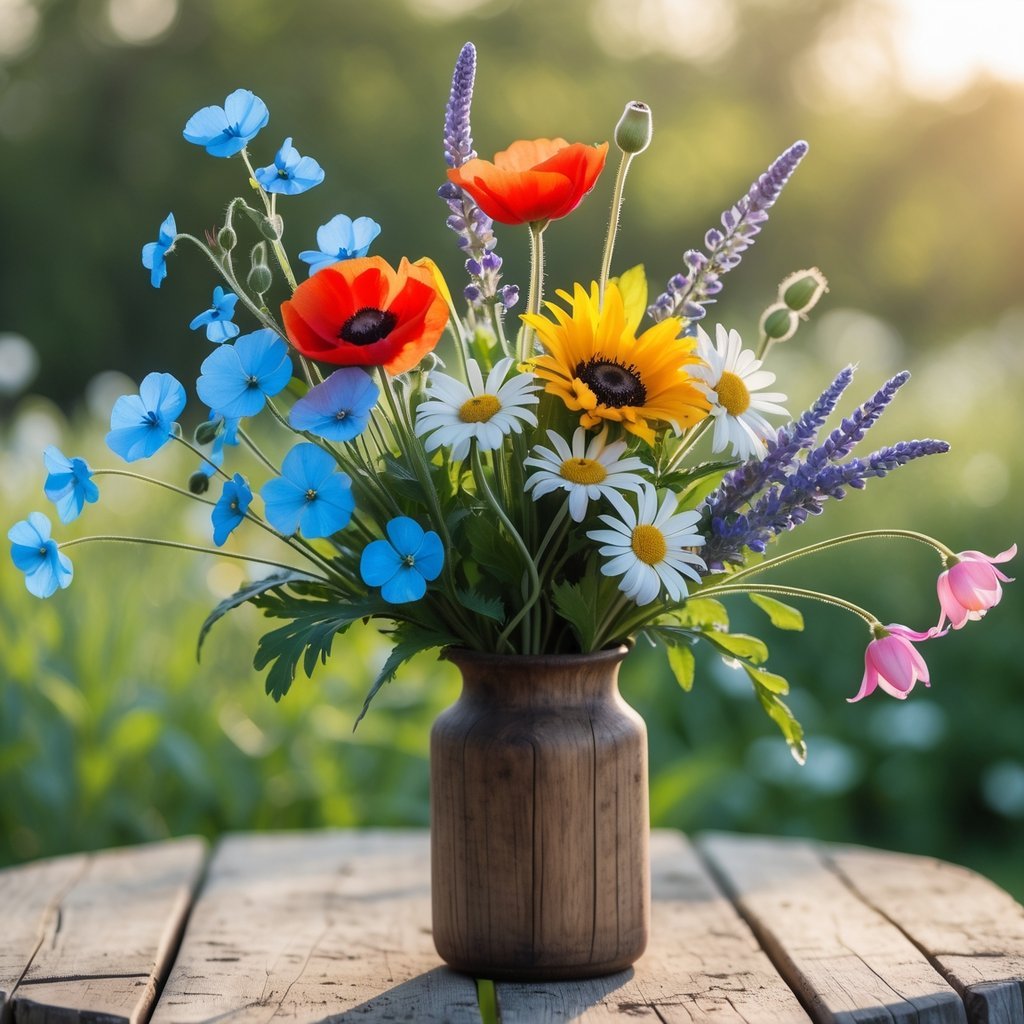
Wildflowers pop up a lot in Romantic poetry. They stand for freedom, natural beauty, and those big, raw emotions. Poets lean on wildflowers to show how close they feel to nature.
When you read these poems, wildflowers might seem like a symbol of resilience and simplicity. They grow wherever they want, even in places most people ignore.
Romantic poets loved wildflowers because they saw themselves in them—unruly, hopeful, sometimes overlooked. You’ll find wildflowers in poems about love, loss, or hope. These tiny blooms remind you that life is fragile but also stronger than it looks.
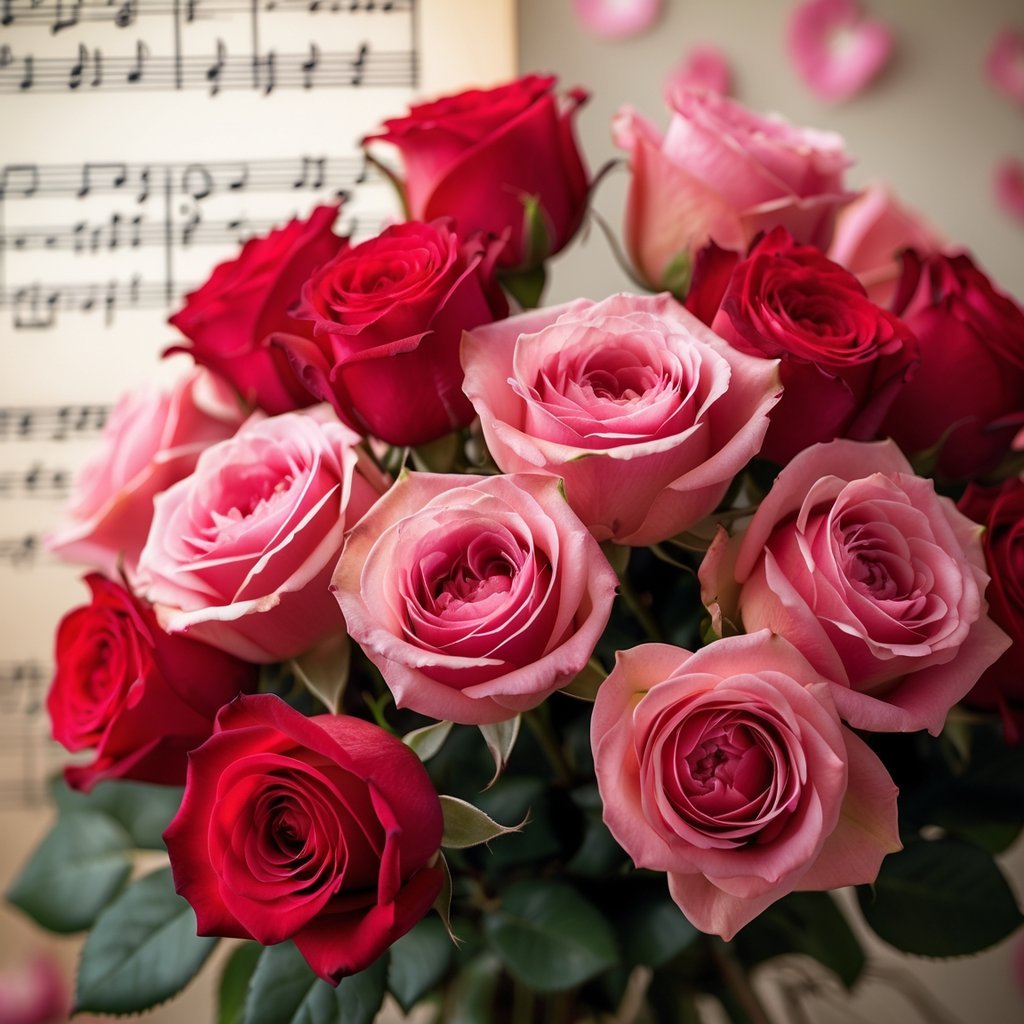
You probably know Johann Strauss II as the “Waltz King.” One of his best-loved pieces, Roses from the South, draws on the charm and beauty of roses.
When you listen, you can almost picture roses blooming and swaying. The music feels like a gentle dance, full of color and life.
Strauss brings flowers to life in a way you can actually hear. His waltzes show how nature—especially roses—can inspire more than just poems or paintings.
If you like music or flowers (or both), this waltz is a sweet example of how roses can spark something truly beautiful.
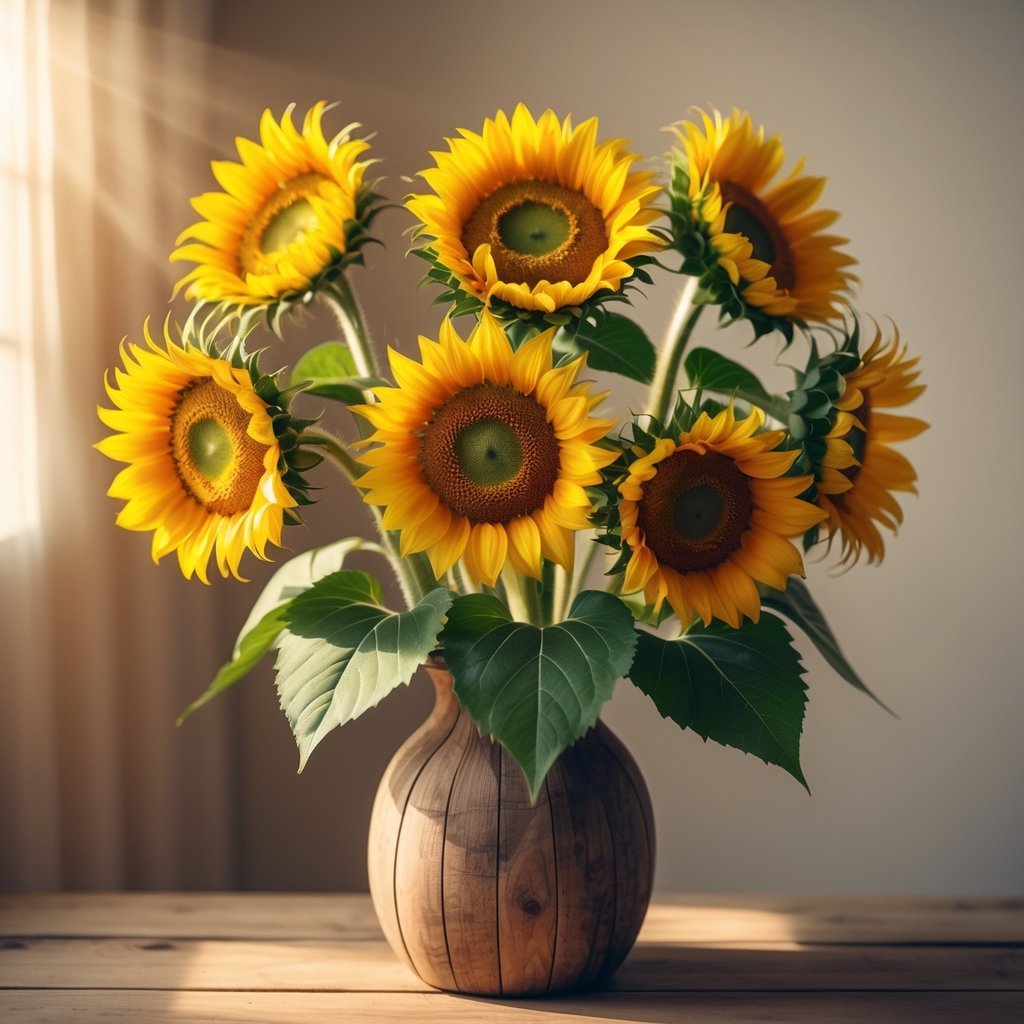
It’s honestly a little surprising how much sunflowers inspired poets during the Romantic era. These bright blooms symbolize hope, loyalty, and a pretty deep connection to nature.
William Blake, who’s one of the most well-known Romantic poets, wrote “Ah! Sun-flower.” In that poem, he shows the sunflower’s journey as it reaches for the sun, and that feels like a reminder to chase happiness and light, doesn’t it?
When you read poems about sunflowers, you can almost feel their warmth and optimism coming through. Sunflowers seem to stand for facing tough times with a positive spirit—kind of like how they always turn toward the sun, no matter what.